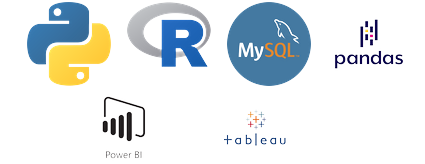What is SQL
- SQL stands for Structured Query Language
- SQL is a Programming Language for creating, accessing and manipulating Relational Databases.
What can SQL Do ?
- Create Relational Databases for Organizations and Applications.
- Create Tables inside Databases
- Select, Insert, Update and Delete Records in Database.
- Create Stored Procedures in Database.
- You can create Database for your Web or Desktop application.
- Although SQL is an ANSI/ISO standard, there are different versions of the SQL language.
- An RDBMS database program (i.e. MS Access, SQL Server, MySQL etc.) can be used to create and manage databases for your applications.
- A Server Side Scripting Language like – Python, PHP, ASP etc. can be used to interact with the SQL databases.
What will you learn in this SQL Tutorial?
- Introduction to SQl and its Applications
- Introduction to RDBMS and Tables
- Installing MySql , MSSQL etc.
- Creating a Database
- Creating a Table and Insert Data
- Select, Select Distinct
- Where
- And, Or, Not
- Order By
- Insert Into
- Null Values
- Update
- Delete
- Select Top
- Min and Max
- Count, Avg, Sum
- Like
- Wildcards
- In Keyword
- Between Keyword
- Aliases
- Joins
- Inner Join
- Left Join
- Right Join
- Full Join
- Self Join
- Union
- Group By Statement for One and More Tables
- Having Clause
- Exists Keyword Use
- Use of Any, All
- Select Into Statement
- Insert Into Select Statement
- Case Function
- Null Functions
- What are Stored Procedures and how to use them
- How to write Comments in SQL
- Create, Drop and Backup DB
- Create, Drop and Alter Table
- Null and Not Null Constraints
- SQL Unique Constraints
- SQL Primary Key
- SQL Foreign Key
- SQL Check
- SQL Default
- SQL Index
- SQL Auto Increment
- SQL Dates
- SQL Views
- SQL Injection
- Graphical Visualization of Data in Phpmyadmin (mysql).
- Web Hosting of MySql and MSSQl Databases

